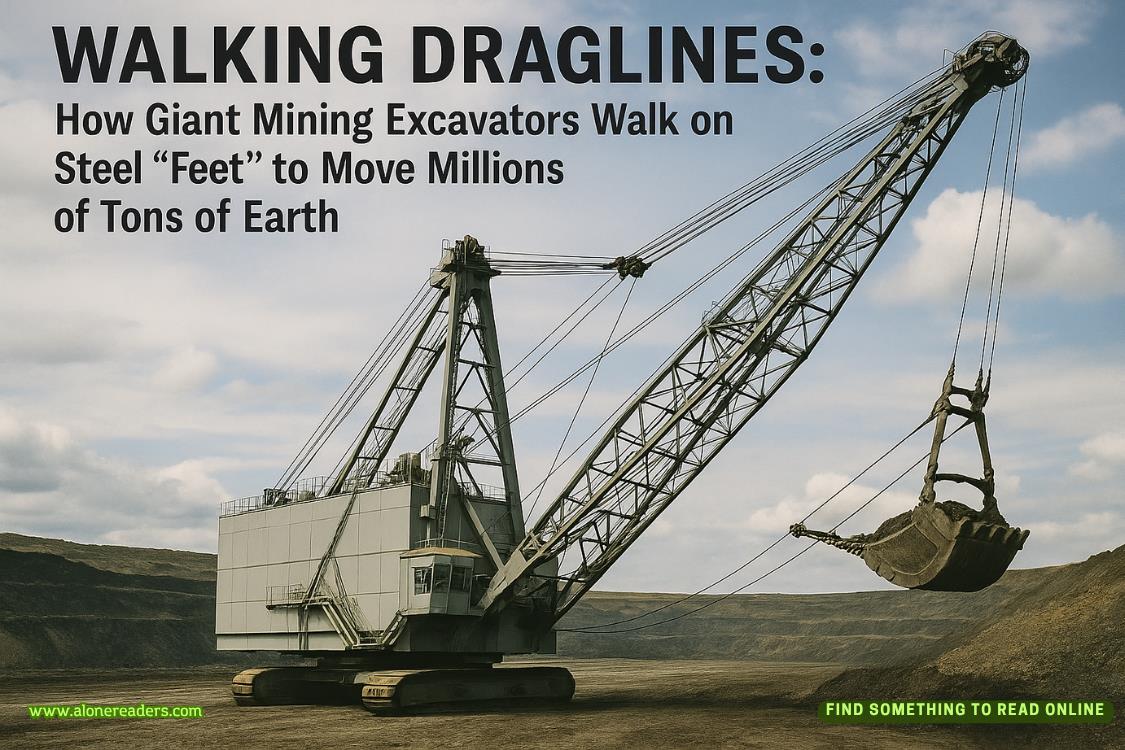Page 1 of The Atlantis Gene (The Origin Mystery 1)
PROLOGUE
Research Vessel Icefall
Atlantic Ocean
88 Miles off the Coast of Antarctica
Karl Selig steadied himself on the ship’s rail and peered through the binoculars at the massive iceberg. At the center of the iceberg, another piece of ice crumbled and fell away, revealing more of the long black object it had covered. It looked almost like… a submarine. But it couldn’t be.
“Hey Steve, come check this out.”
Steve Cooper, Karl’s grad school friend, tied off a buoy and joined Karl on the other side of the boat. He took the binoculars, scanned quickly, then stopped. “Whoa. What is it? A sub?”
“Maybe—”
“What’s under it?”
Karl grabbed the binoculars. “Under it…” He panned to the area under the sub. There was something else. The sub, if it was a sub, was sticking out of another metallic object, this one gray and much, much larger than the sub. But unlike the sub, the gray object didn’t reflect any light; it looked more like waves, the kind that shimmer just over the horizon of a warm highway or a long stretch of desert. It wasn’t warm though, or at least it wasn’t melting the ice around it. Just above the structure, Karl caught a glimpse of some writing on the sub: U-977 and SS Kreigsmarine. A Nazi Sub. Sticking out of… a structure of some sort.
Karl dropped the binoculars to his side. “Wake Naomi up and prepare to dock the boat. We’re going to check it out.”
Steve rushed below deck, and Karl heard him rousing Naomi from one of the small boat’s two cabins. Karl’s corporate sponsor had insisted he take Naomi along. Karl had nodded in the meeting and hoped she wouldn’t get in the way. He had not been disappointed. When they had put to sea five weeks ago in Cape Town, South Africa, Naomi had brought aboard two changes of clothes, three romance novels, and enough vodka to kill a Russian Army. They had barely seen her since. It must be so boring for her out here, Karl thought. For him, it was the opportunity of a lifetime.
Karl raised the binoculars and looked again at the massive piece of ice that had broken off from Antarctica nearly a month ago. Almost 90% of the iceberg was underwater, but the surface area still covered 47 square miles — 1.5 times the size of Manhattan.
Karl’s doctoral thesis focused on how newly calved icebergs affected global sea currents as they dissolved. Over the last four weeks, he and Steve had deployed high-tech buoys around the iceberg that measured sea temp and salt water-fresh water balance as well as took periodic sonar readings of the iceberg’s changing shape. The goal was to learn more about how icebergs disintegrated after leaving Antarctica. Antarctica held 90% of the world’s ice, and when it melted in the next few centuries, it would dramatically change the world. He hoped his research would shed light on exactly how.
Karl had called Steve the minute he found out he was funded. “You’ve got to come with me—No, trust me.” Steve had reluctantly agreed, and to Karl’s delight, his old friend had come alive on the expedition as they took readings by day and discussed the preliminary findings each night. Before the voyage, Steve’s academic career had been as listless as the iceberg they were following as he floated from one thesis topic to another. Karl and their other friends had wondered if he would drop out of the doctoral program altogether.
The research readings had been intriguing, and now they had found something else, something remarkable. There would be headlines. But what would they say? “Nazi sub found in Antarctica.” It wasn’t inconceivable.
Karl knew the Nazis were obsessed with Antarctica. They sent expeditions there in 1938 and 1939 and even claimed part of the continent as a new German province — Neuschwabenland. Several Nazi subs were never recovered during World War II and not known to have been sunk. The conspiracy theorists claimed that a Nazi sub left Germany just before the fall of the Third Reich, carrying away the highest ranking Nazis and the entire treasury, including priceless artifacts that had been looted and top-secret technology. The conspiracies grew grander with every passing year, but there it was: a Nazi sub in an iceberg off the coast of Antarctica.
At the back of Karl’s mind, a new thought emerged: reward money. If there was Nazi treasure on the sub, it would be worth a huge amount of money. He would never have to worry about research funding again.
The more pressing challenge was docking the boat to the iceberg. The seas were rough, and it took them three passes, but they finally managed to tie off a few miles from the sub and the strange structure under it.
Karl and Steve bundled up tight and donned their climbing gear. Karl gave Naomi some basic instructions, the long and short of which were “don’t touch anything,” then he and Steve lowered themselves to the ice shelf below the boat and set off.
For the next 45 minutes, neither man said anything as they trudged across the barren ice mountain. The ice was rougher toward the interior and their pace slowed, Steve’s more than Karl’s.
“We need to pick it up, Steve.”
Steve made an effort to catch up. “Sorry. A month on the boat has got me out of shape.”
Karl glanced up at the sun. When it set, the temperature would plummet and they would likely freeze to death. The days were long here. The sun rose at 2:30 AM and set after 10 PM, but they only had a few more hours. Karl picked up his pace a little more.
Behind him, he heard Steve shuffling his snow shoes as fast as he could, trying desperately to catch up. Strange sounds echoed up from the ice: first a low drone, then rapid hammering, like a thousand woodpeckers assaulting the ice. Karl stopped and listened. He turned to Steve and their eyes met just as a spider web of tiny cracks shot out across the ice below Steve’s feet. Steve looked down in horror, then ran as hard as he could toward Karl and the untouched ice.
For Karl, the scene was surreal, unfolding in almost slow-motion. He felt himself run toward his friend and throw a rope from his belt. Steve caught the rope a split second before a loud crack filled the air and the ice below him collapsed, forming a giant chasm.
The rope instantly pulled tight, jerking Karl off his feet and slamming him belly-first into the ice. He was going to follow Steve into the ice canyon. Karl scrambled to get his feet under him, but the tug of the rope was too strong. He relaxed his hands, and the rope slide through them, slowing his forward motion. He planted his feet in front of him, and the crampons beneath his boots bit into the ice, sending shards of ice at his face as he came to a halt. He squeezed the rope, and it pulled tight against the ledge, making a strange vibrating sound almost like a low violin.















